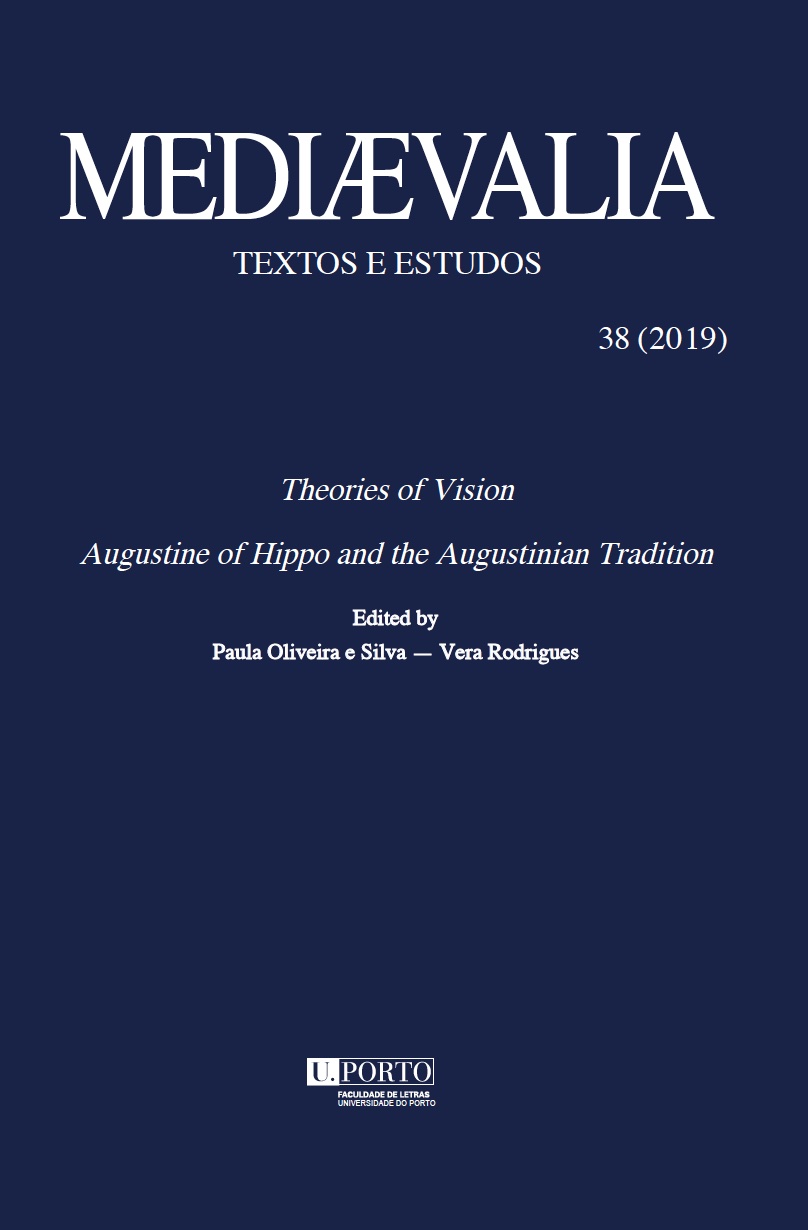How can we imagine things that we have never seen? About Augustine’s Letter 7 to Nebridius
Abstract
n Letter 6 of the Augustinian corpus, Nebridius asked Augustine if the images of the imagination are not a priori, which would explain our ability to imagine things that we have never seen. In his answer, which is one of his most comprehensive analyses of the imagination, Augustine shows that our imaginative impressions are fundamentally dependent on the senses, and significantly, he defines – as Plotinus before him – the image as a «blow» (plaga) received from the senses. Under these conditions, how can we account for the fact that we sometimes imagine things that we have never perceived? To solve this problem, Augustine establishes a tripartition of the images, according to whether they are «impressed» by things we sense (sensis rebus), things we fancy (putatis), or things we reason (ratis). In the first case, we remember our perceptions. The formation of the other two types of images can be explained by the reconfiguration of memories, according to a process which is quickly presented. This article addresses three difficult points: (1) the demonstration by a reductio ad absurdum of the fundamental dependence of imagination on vision (§3); (2) the classification of the different kinds of images and more particularly the nature of the images of the third kind; (3) the final argument against the existence of a priori images, which apparently involves the soul of the world (§7).
Keywords: Imagination, reminiscence, phantasia, phantasma, world-soul.
Ancient and Medieval Studied Authors: Augustine, Nebridius, Aristotle, Plotinus, Porphyry.
Downloads
Published
Issue
Section
License
Copyright (c) 2022 Emmanuel Bermon

This work is licensed under a Creative Commons Attribution-NonCommercial-NoDerivatives 4.0 International License.







